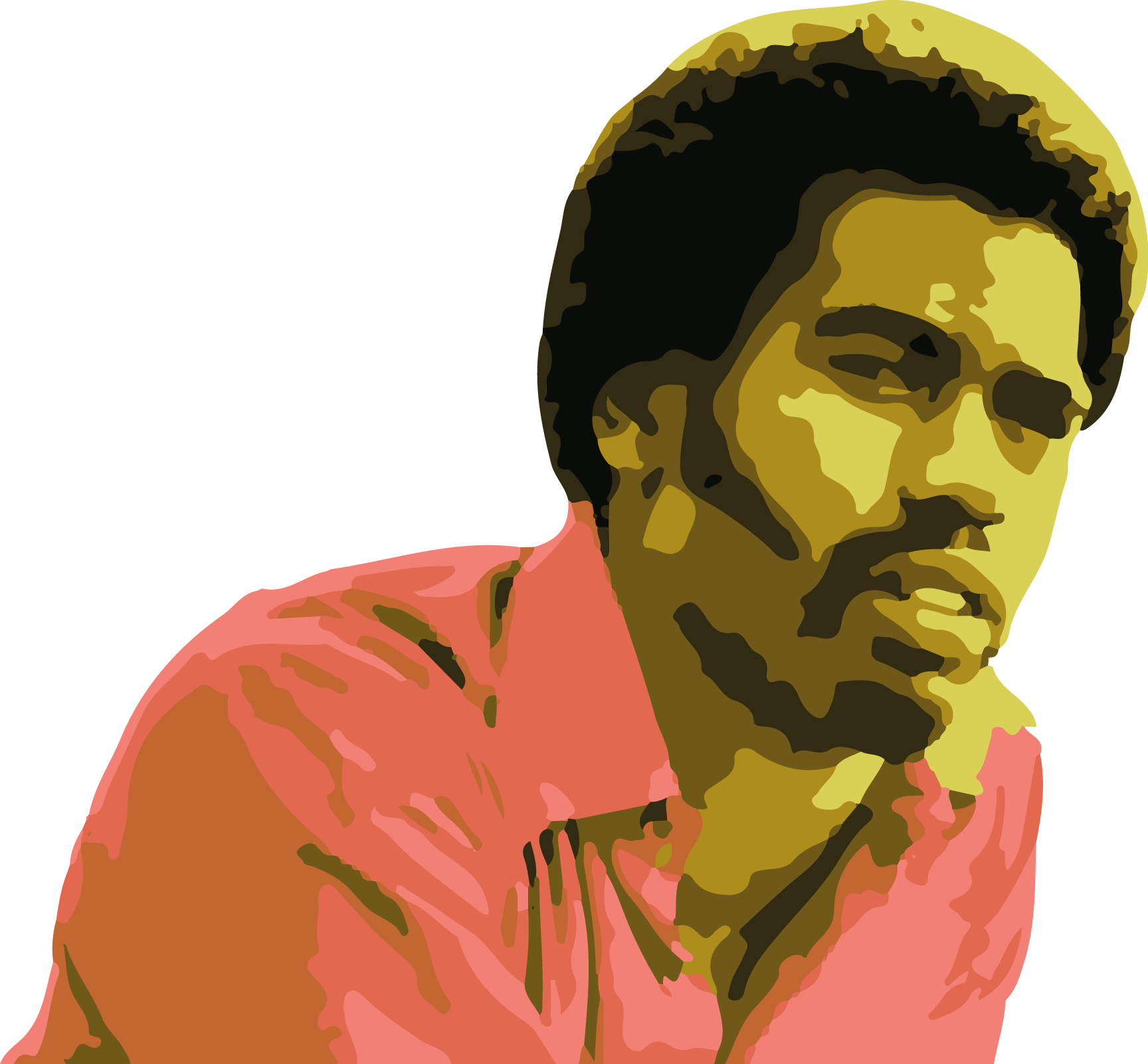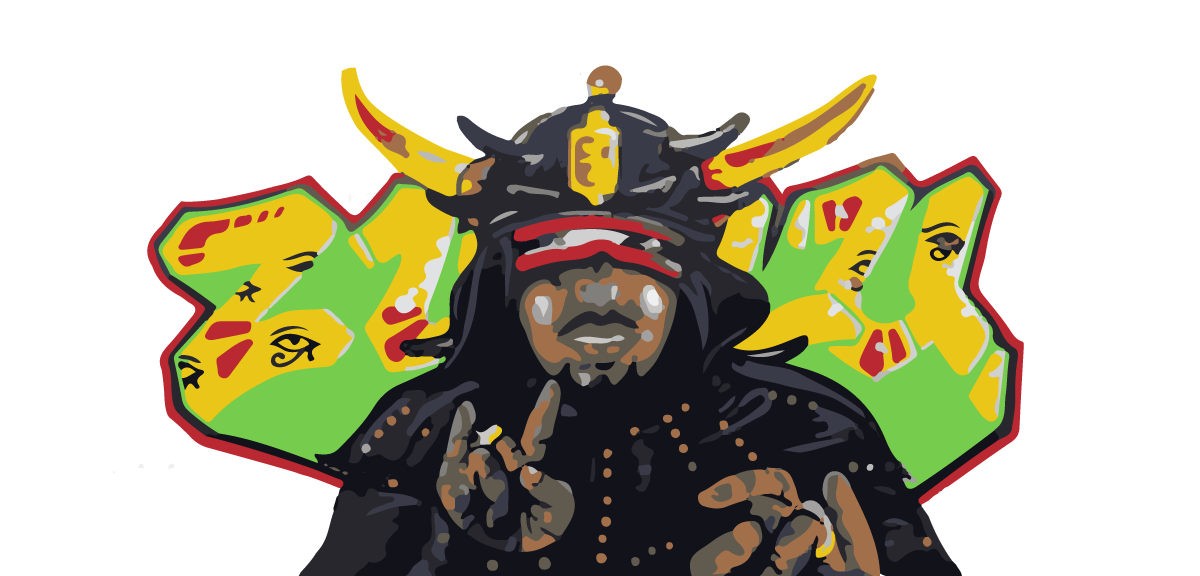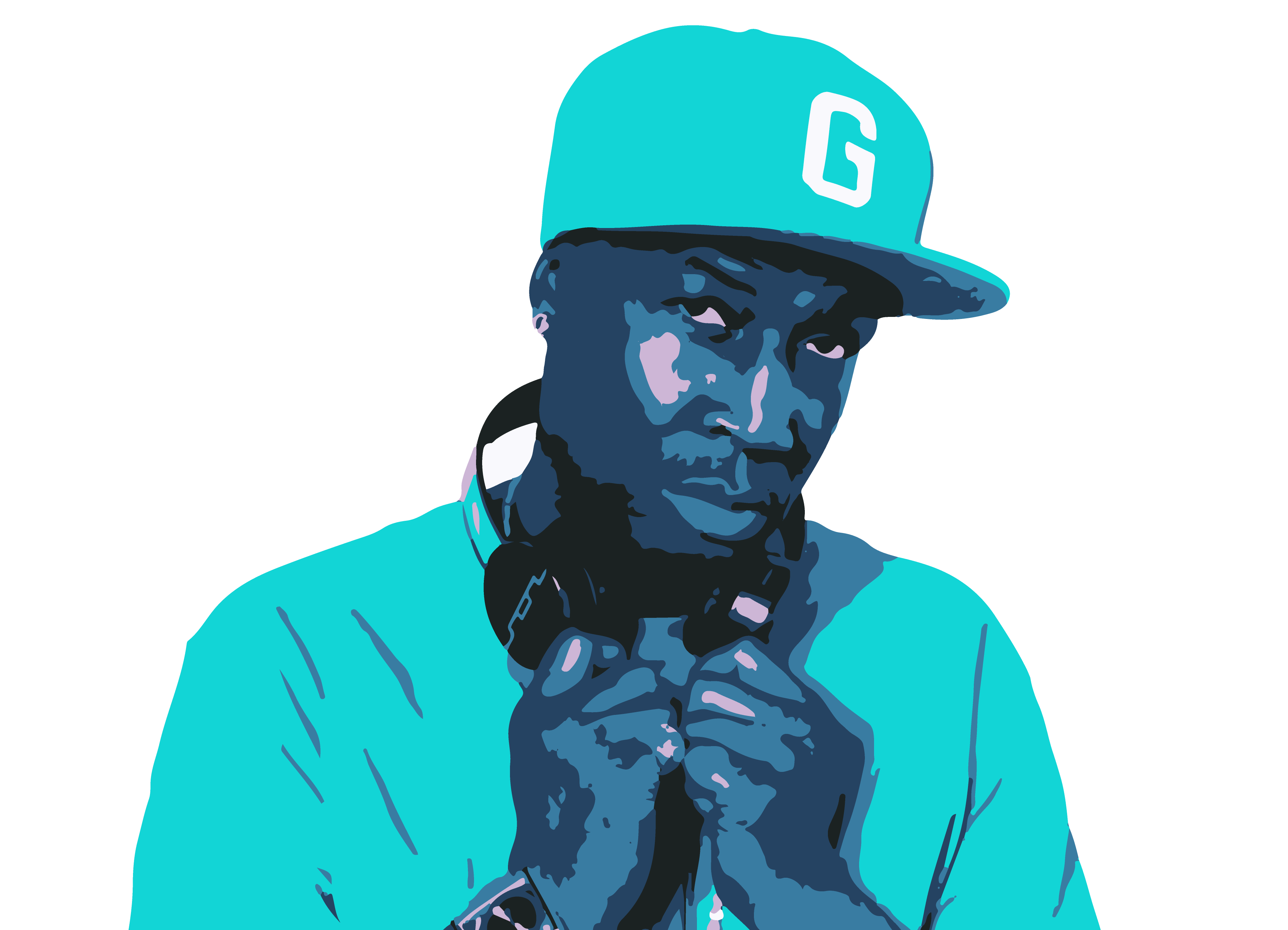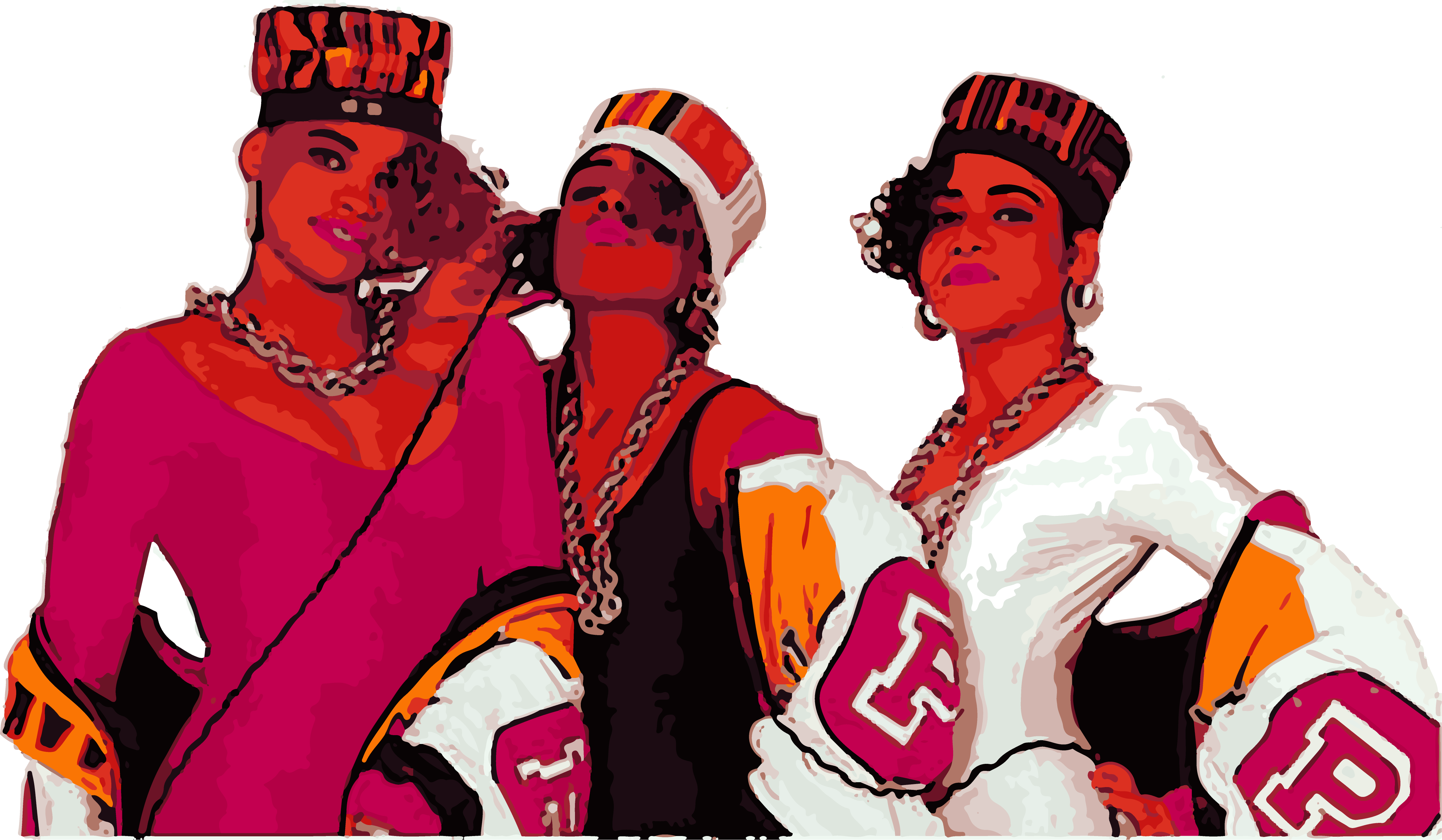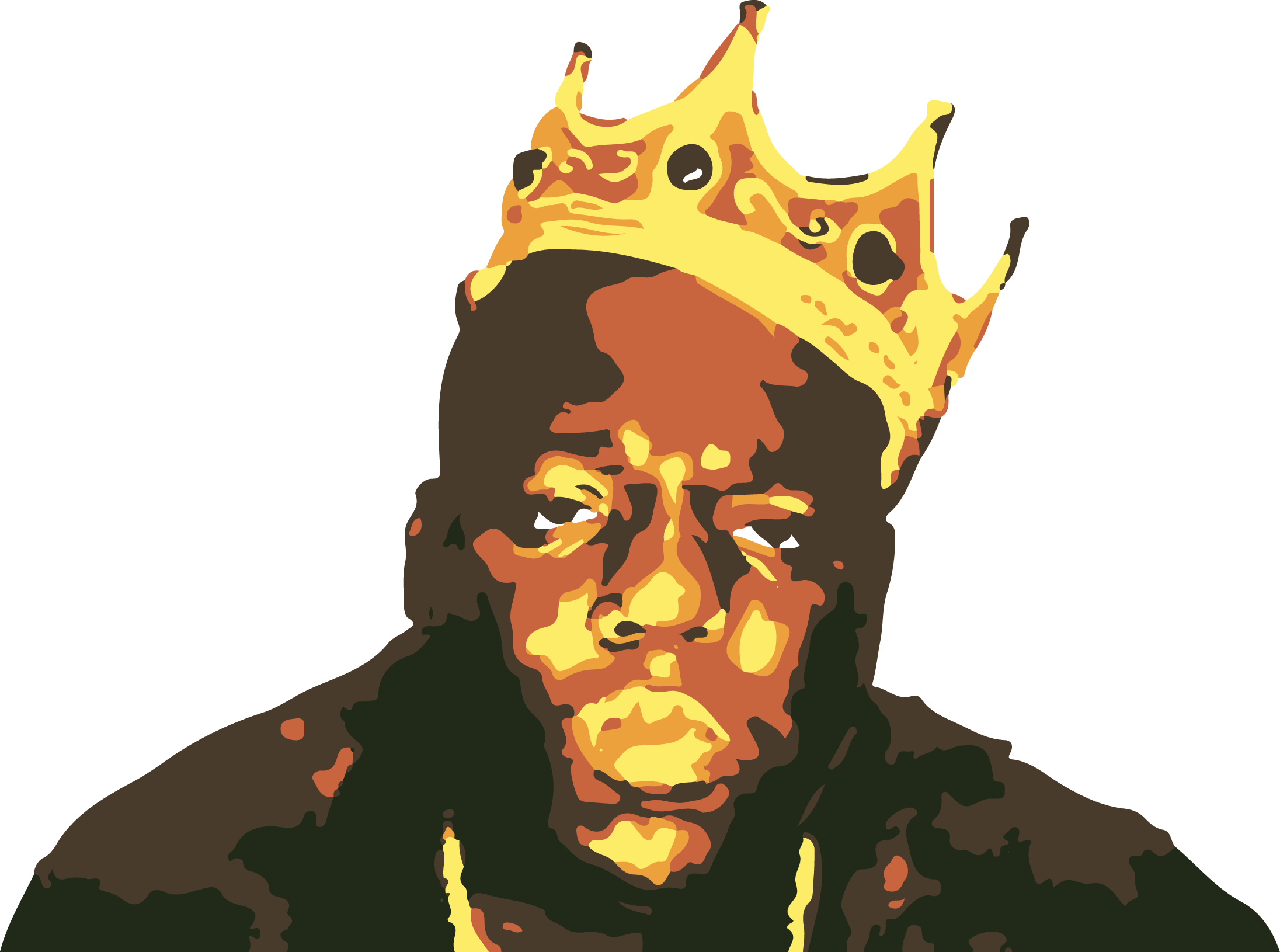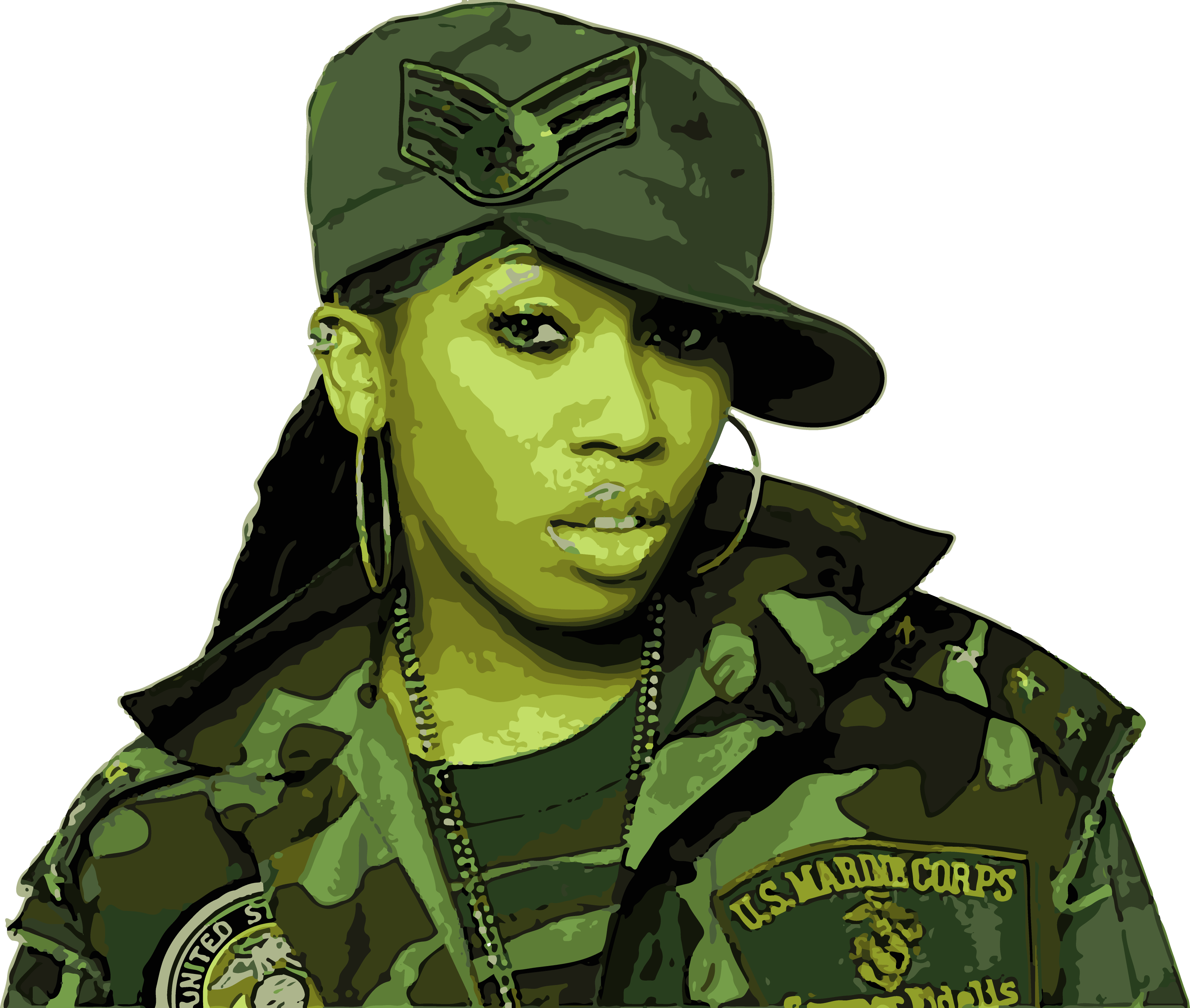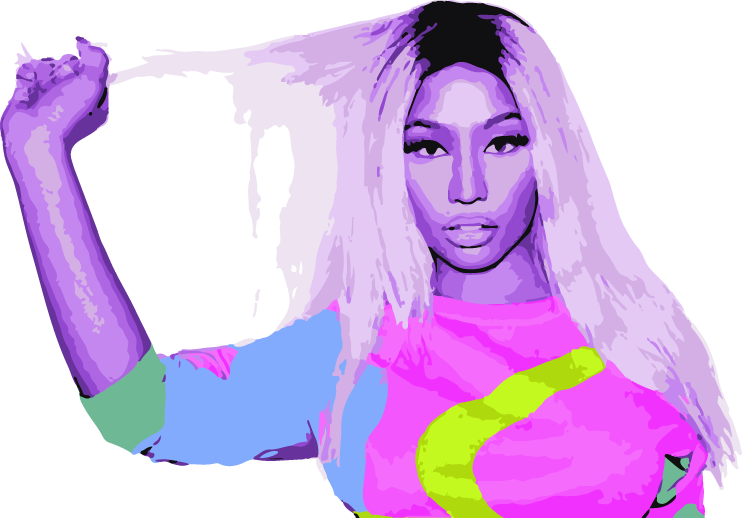
In the 1970s, an underground urban movement known as “hip hop” began to develop in the South Bronx in New York City. It focused on emceeing (or MCing) over “breakbeats,” house parties and neighbourhood block party events, held outdoors. Historically, hip hop arose out of the ruins of a post-industrial and ravaged South Bronx, as a form of expression of urban Black and Latino youth, whom the public and political discourse had written off as marginalized communities.
Jamaican-born DJ Clive “Kool Herc” Campbell pioneered the use of DJing percussion “breaks” in hip hop music. Herc created the blueprint for hip hop music and culture by building upon the Jamaican tradition of impromptu toasting, a spoken type of boastful poetry and speech over music. Herc’s experiments with making music with record players became what we now know as breaking or “scratching.”
The basic elements of hip hop—boasting raps, rival “posses” (groups), uptown “throw-downs”, and political and social commentary—were all long present in African American music. MCing and rapping performers moved back and forth between the predominance of “toasting” songs packed with a mix of boasting, ‘slackness’ and sexual innuendo and a more topical, political, socially conscious style. The role of the MC originally was as a Master of Ceremonies for a DJ dance event. The MC would introduce the DJ and try to pump up the audience. The MC spoke between the DJ’s songs, urging everyone to get up and dance. MCs would also tell jokes and use their energetic language and enthusiasm to rev up the crowd. Eventually, this introducing role developed into longer sessions of spoken, rhythmic wordplay, and rhyming, which became rapping.
By 1979 hip hop music had become a mainstream genre. It spread across the world in the 1990s with controversial “gangsta” rap. Herc also developed upon break-beat deejaying, where the breaks of funk songs—the part most suited to dance, usually percussion-based—were isolated and repeated for the purpose of all-night dance parties. This form of music playback, using hard funk and rock, formed the basis of hip hop music. DJs such as Grand Wizzard Theodore, Grandmaster Flash, and Jazzy Jay refined and developed the use of breakbeats, including cutting and scratching. Popular tunes included Kurtis Blow’s “The Breaks” and The Sugarhill Gang’s “Rapper’s Delight.”
DJ Kool Herc’s house parties gained popularity and later moved to outdoor venues in order to accommodate more people. Hosted in parks, these outdoor parties became a means of expression and an outlet for teenagers, where “instead of getting into trouble on the streets, teens now had a place to expend their pent-up energy.” For inner-city youth, participating in hip hop culture became a way of dealing with the hardships of life as minorities within America, and an outlet to deal with the risk of violence and the rise of gang culture. Inspired by DJ Kool Herc, Afrika Bambaataa created a street organization called Universal Zulu Nation, centered around hip hop, as a means to draw teenagers out of gang life, drugs and violence.
The 1980s marked the diversification of hip hop as the genre developed more complex styles. New York City became a veritable laboratory for the creation of new hip hop sounds. In the 1970s, hip hop music typically used samples from funk and later, from disco. The mid-1980s marked a paradigm shift in the development of hip hop, with the introduction of samples from rock music, as demonstrated in the albums King of Rock and Licensed to Ill. Hip hop prior to this shift is characterized as old-school hip hop.
The lyrical content and other instrumental accompaniment of hip hop developed as well. The early lyrical styles in the 1970, which tended to be boasts and clichéd chants, were replaced with metaphorical lyrics exploring a wider range of subjects. The influential single “The Message” (1982) by Grandmaster Flash and the Furious Five is widely considered to be the pioneering force for conscious rap. Hip hop’s “golden age” (or “golden era”) is a name given to a period in mainstream hip hop, produced between the mid-1980s and the early 1990s, which is characterized by its diversity, quality, innovation and influence. There were strong themes of Afrocentrism and political militancy in golden age hip hop lyrics.
Salt-N-Pepa, an American hip-hop/rap trio from New York City, New York, was formed in 1985 and was one of the first all-female rap groups. With lots of concerns about sexist lyrics and video clips that objectified women’s bodies in hip hop music, many feminists disliked rap and hip-hop music because of its bad portrayal of women. However, Salt-N-Pepa changed the look of hip hop. They were scantily clad in sexy clothing and were not afraid to talk about sex and their thoughts about men.
Gangsta rap is a subgenre of hip hop that reflects the violent lifestyles of inner-city American black youths. N.W.A is the group most frequently associated with the founding of gangsta rap. Their lyrics were more violent, openly confrontational, and shocking than those of established rap acts, featuring incessant profanity and, controversially, use of the word “nigga”. The first blockbuster gangsta rap album was N.W.A’s Straight Outta Compton, released in 1988. Straight Outta Compton would establish West Coast hip hop as a vital genre, and establish Los Angeles as a legitimate rival to hip hop’s long-time capital, New York City.
In 1990, Public Enemy’s Fear of a Black Planet was a significant success with music critics and consumers. The album played a key role in hip hop’s mainstream emergence in 1990, dubbed by Billboard editor Paul Grein as “the year that rap exploded.” MC Hammer hit mainstream success with the multi platinum album Please Hammer, Don’t Hurt ‘Em. The record reached #1 and the first single, “U Can’t Touch This” charted on the top ten of the Billboard Hot 100. MC Hammer became one of the most successful rappers of the early nineties and one of the first household names in the genre. The album raised rap music to a new level of popularity.
The East Coast–West Coast hip hop rivalry was a feud from 1991 to 1997 between artists and fans of the East Coast hip hop and West Coast hip hop scenes in the United States, especially from 1994 to 1997. Focal points of the feud were East Coast-based rapper The Notorious B.I.G. (and his New York-based label, Bad Boy Records) and West Coast-based rapper Tupac Shakur (and his Los Angeles-based label, Death Row Records)
After N.W.A. broke up in 1992, Dr. Dre released The Chronic. As well as helping to establish West Coast gangsta rap as more commercially viable than East Coast hip hop, this album founded a style called G-Funk, which soon came to dominate West Coast hip hop. The style was further developed and popularized by Snoop Dogg’s 1993 album Doggystyle. However, hip hop was still met with resistance from black radio, including urban contemporary radio stations.
In the early 1990s, the Wu-Tang Clan revitalized the New York hip hop scene by pioneering an East coast hardcore rap equivalent in intensity to what was being produced on the West Coast. The success of artists such as Nas and Notorious B.I.G. during 1994–95 cemented the status of the East Coast during a time of West Coast dominance. In a March 2002 issue of The Source Magazine, Nas referred to 1994 as “a renaissance of New York [City] Hip-Hop.”
In the late 1990s, female fronted hip-hop was all the rage. Missy Elliot’s debut album “Supa Dupa Fly” came out in 1997 and she continued to drop highly successful records every couple of years. Having broken barriers as a successful female producer, Missy would go on to become the highest selling female rapper of all time.
The popularity of hip hop music continued through the 2000s. Dr. Dre remained an important figure, and in the year 2000, he produced The Marshall Mathers LP by Eminem. Hip hop influences also found their way increasingly into mainstream pop during this period, mainly during the mid-2000s, as the Los Angeles style of the 1990s lost power. Jay-Z represented the cultural triumph of hip hop. As his career progressed, he went from performing artist to entrepreneur, label president, head of a clothing line, club owner, and market consultant—along the way breaking Elvis Presley’s record for most number one albums on the Billboard magazine charts by a solo artist.
Alternative hip hop, which was introduced in the 1980s and then declined, resurged in the early 2000s with the rejuvenated interest in indie music by the general public. During the mid-2000s, alternative hip hop secured a place in the mainstream, due in part to the crossover success of artists such as OutKast, Kanye West, and Gnarls Barkley. Industry observers view the sales race between Kanye West’s Graduation and 50 Cent’s Curtis as a turning point for hip hop. West emerged the victor, selling nearly a million copies in the first week alone, proving that innovative rap music could be just as commercially viable as gangsta rap, if not more so. Although he designed it as a melancholic pop rather than rap, Kanye’s following 808s & Heartbreak would have a significant effect on hip hop music. While his decision to sing about love, loneliness, and heartache for the entirety of the album was at first heavily criticized by music audiences and the album predicted to be a flop, its subsequent critical acclaim and commercial success encouraged other mainstream rappers to take greater creative risks with their music. The alternative hip hop movement is not limited only to the United States, as rappers such as Somali-Canadian poet K’naan, Japanese rapper Shing02, and Sri Lankan British artist M.I.A. have achieved considerable worldwide recognition.
In 2010, Nicki Minaj became the first female solo artist to have seven singles simultaneously charting on the U.S. Billboard Hot 100. Her album Pink Friday was released on November 19, debuting at number-two on the Billboard 200 with first-week sales of 375,000 copies. Pink Friday couldn’t have come at a better time in Hip Hop as mainstream representation of women were more than lacking. Then her first crossover hit, “Superbass,” solidified her as the reigning Queen of Hip Hop; something that has yet to be topped despite a few threats.
Kendrick Lamar major label debut album, good kid, m.A.A.d city, was released in 2012 by TDE, Aftermath, and Interscope Records to critical success. There was lots of anticipation and questions for Kendrick Lamar’s follow-up to his groundbreaking sophomore album good kid, m.A.A.d city. Then there was the polarizing single “i,” released at the end of 2014. Lamar won his first Grammy Award for “i”, the lead single from his critically acclaimed third album To Pimp a Butterfly (2015). The album, drawing on free jazz, funk, soul, and spoken word, debuted atop the charts in the US and the UK, and won the Grammy Award for Best Rap Album at the 58th ceremony.
Barely 20 years old, Joey Bada$$ is the voice of post new New York. He harkens back without looking backward, and in an era where Tupac Shakur is clearly the thought whisperer of this rap generation, Joey channels B.I.G enough to balance out the rap scales. B4 Da $$ was also just very good, and Joey’s proven that surrounding himself with a (some would say) now defunct old NY sound may not be such a bad thing after all.
Modern hip-hop is seeing the rapid development of new superstars in the genre, like Kendrick Lamar and ASAP Rocky. There is now so much diversity that it’s hard to characterize today’s hip-hop with one “style”. Powerhouse rappers like Drake and Nicki Minaj release mainstream chart-topping hits, mostly made for clubs, while rappers like J. Cole continue on the tradition of politically minded hip-hop rants. However, one thing is clear – when artists like Kendrick Lamar guest rap on pop icon Taylor Swift’s smash hit “Bad Blood”, and Kanye West reaches mega fame experimenting with sampling genres from all over the last century of American music, hip-hop is continuing to evolve. It has been accepted by the mainstream, and it’s here to stay.








